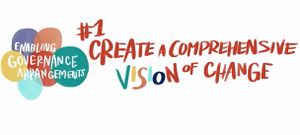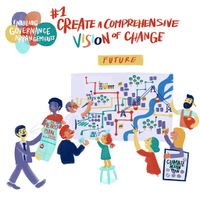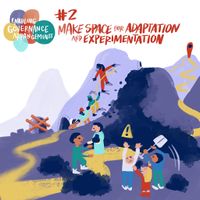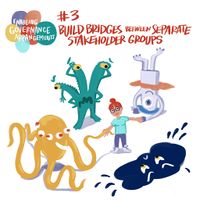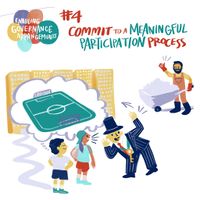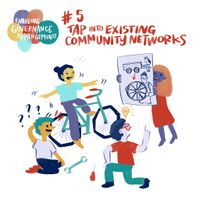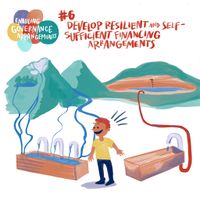Database of governance arrangements
Redirect to:
Across Europe there is an inspiring array of experimentation with local governance arrangements for sustainable and just cities.
What is governance? It can be broadly understood as all formal and informal political processes (involving state and non-state actors) that lead to collective action. (Watch us explain this more in the video to the right).
On this database, you will find results of a study on fruitful governance interventions for sustainable and just cities.
Enabling Governance Arrangements
Enabling governance arrangements (EGAs) are combinations of actor constellations and institutional settings that have proven a potential to support urban governance towards sustainable and just cities in several real-world initiatives, or Governance interventions.
Essentially, the six EGAs, below, are patterns that were identified as enabling positive change in multiple governance interventions (see our ten governance interventions, below).
In the colourful table, below, you will find six enabling governance arrangements described with examples, critical reflections, and connections to the Covid-19 pandemic. They have been freshly updated with participant inputs from the virtual “Berlin” Arena on Governance for Sustainable and Just Cities in March 2021.
While these arrangements show a potential applicability in several different contexts, they will not necessarily produce positive outcomes in all settings. Nor are they the sole factors for bringing interventions to fruition. Rather, they need to be applied cautiously and adapted to local conditions.
What additional governance arrangements should be included that could facilitate a transition to sustainable and just cities?
Would you like to get involved? We've asked some questions in this wiki, and you can share your suggestions with us via email to Philipp Spaeth. If you haven't already, please feel free to join the UrbanA Community of Practice.
Governance interventions
We have selected ten real-word experiments (mostly within EU-funded projects) and developed detailed descriptions which detail their governance variables and processes. We have also created a brief governance scenario per case studied. These scenarios share general insights in a narrative style, and we hope that they pique your interest and provide inspiration about what could be possible in your city!
We stress that the interventions presented below (the detailed descriptions and the corresponding scenarios) - are not entirely “successful interventions”. Rather, they are regarded as general inspiration and real-world cases for testing out how to enable translocal learning.
Example of a partially successful governance intervention
In addition to our 10 fruitful governance interventions for sustainability and justice in cities (see above), we developed a rich description and a scenario of a governance intervention that demonstrates possible pitfalls when developing sustainable infrastructure in a public-private partnership. This intervention extracted from a south-eastern European setting outlines the partial success of governance interventions and encourages caution about the externalities of public-private partnerships, especially in the context of austerity that may increase in the post-COVID era.
Template for developing further descriptions: Rich description template
